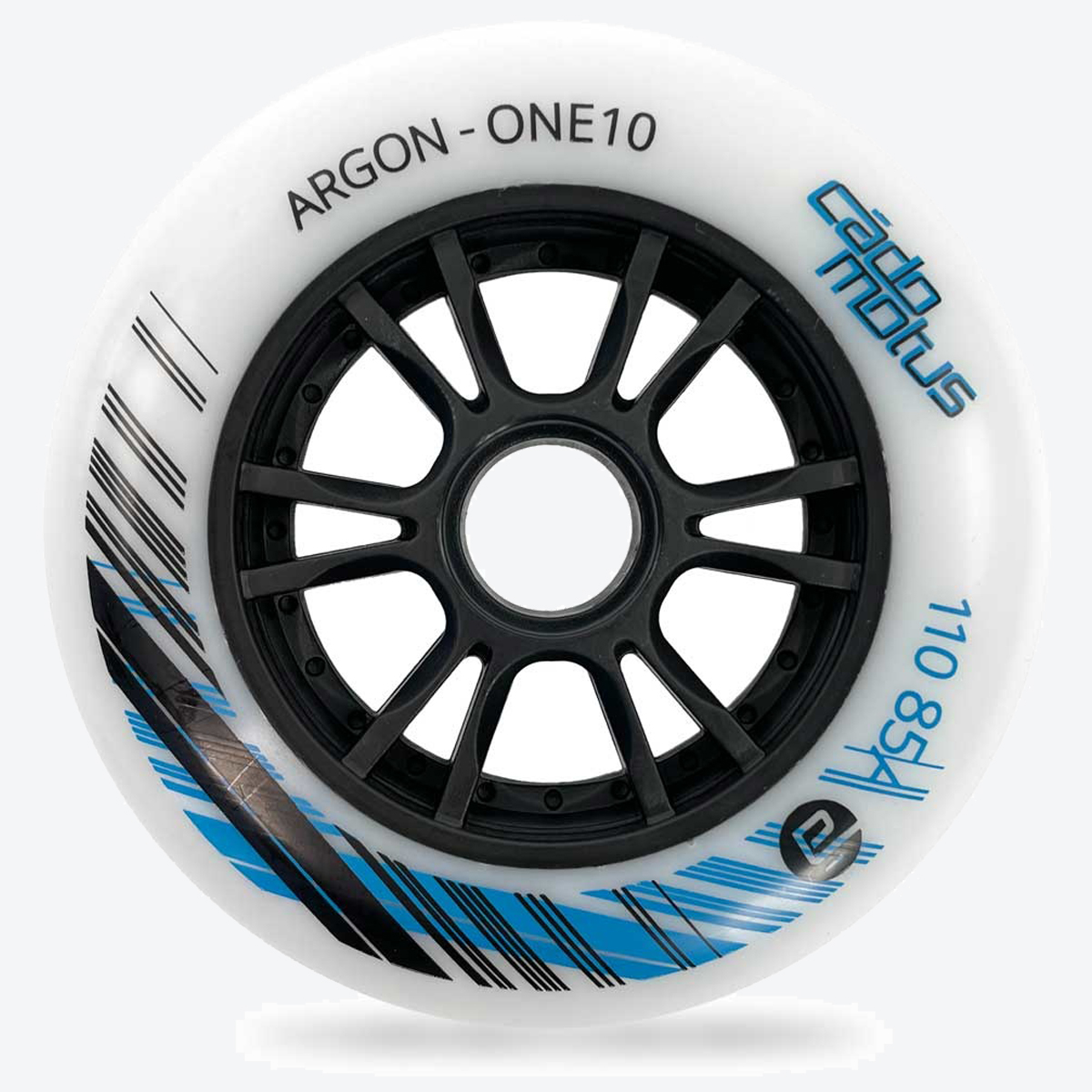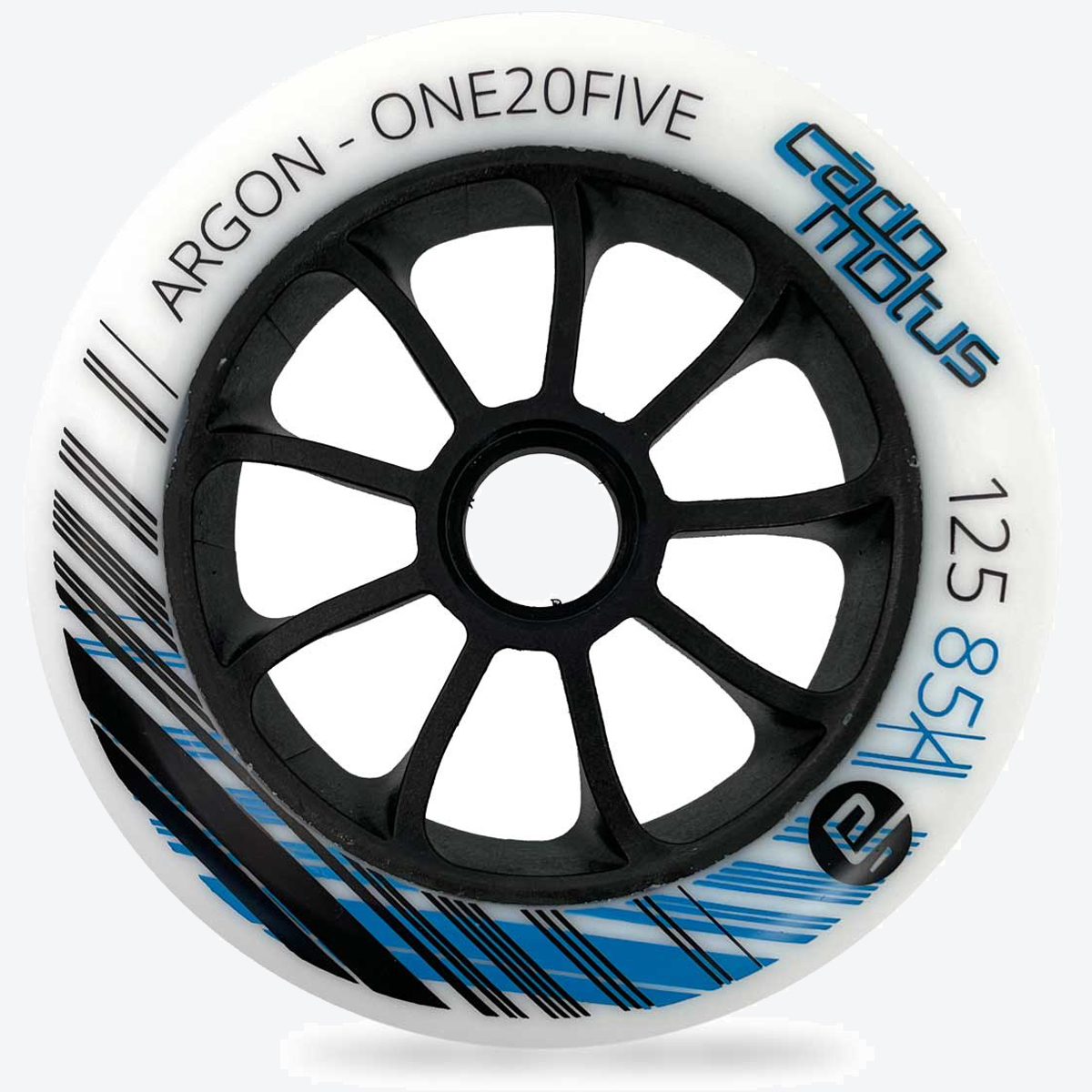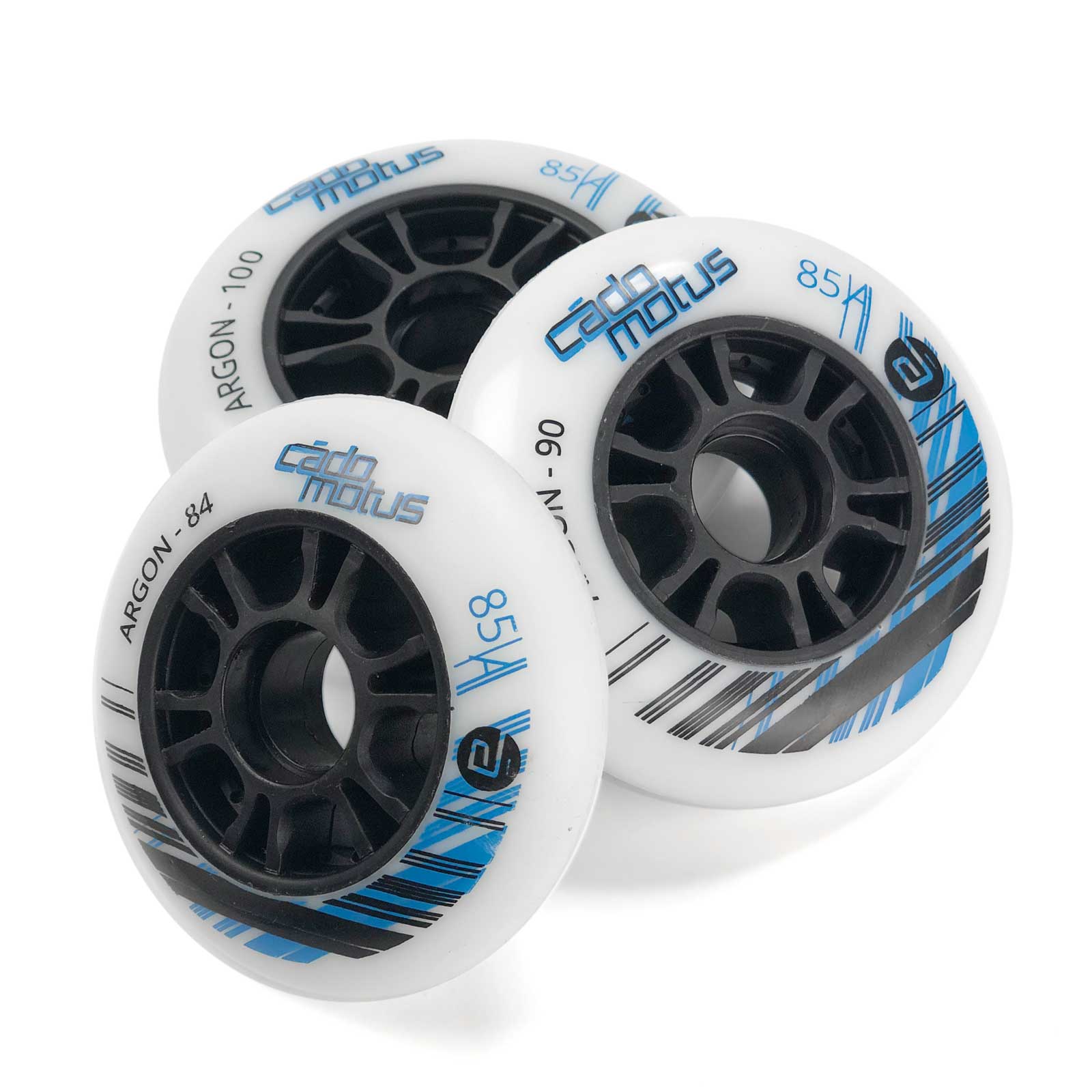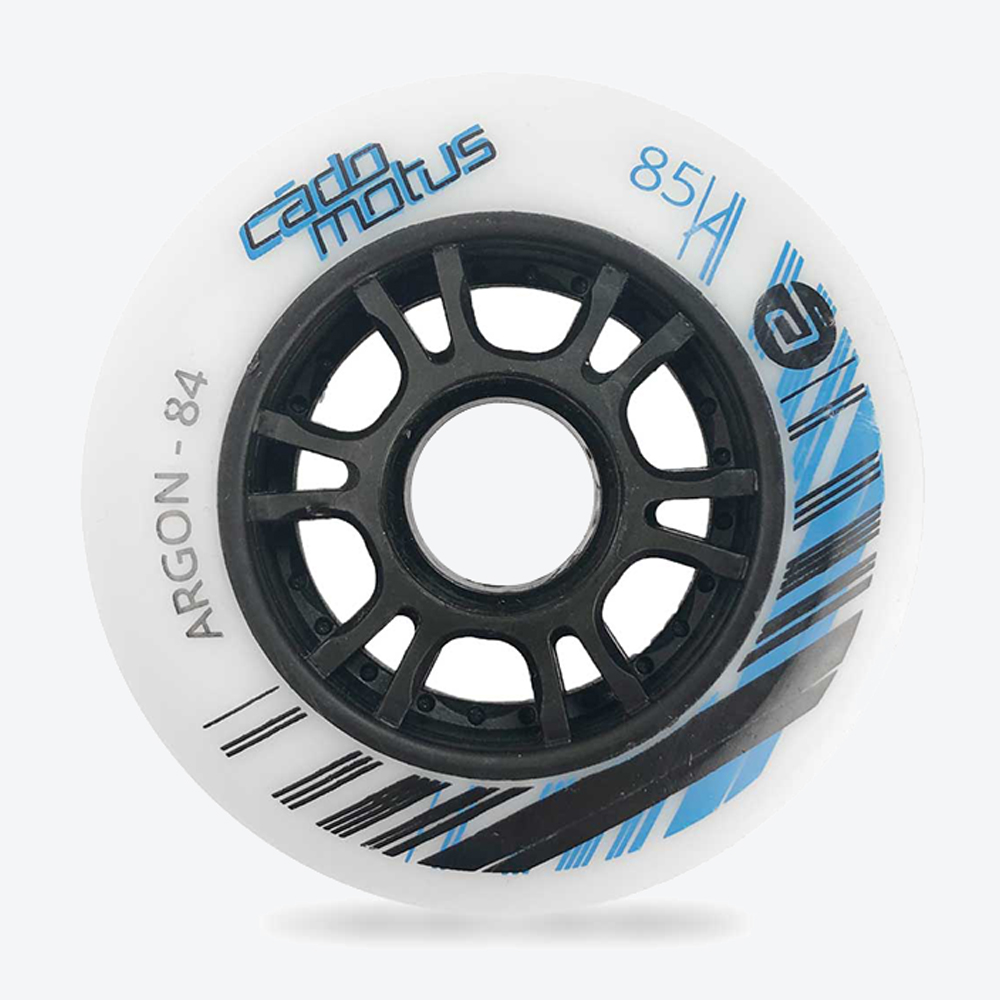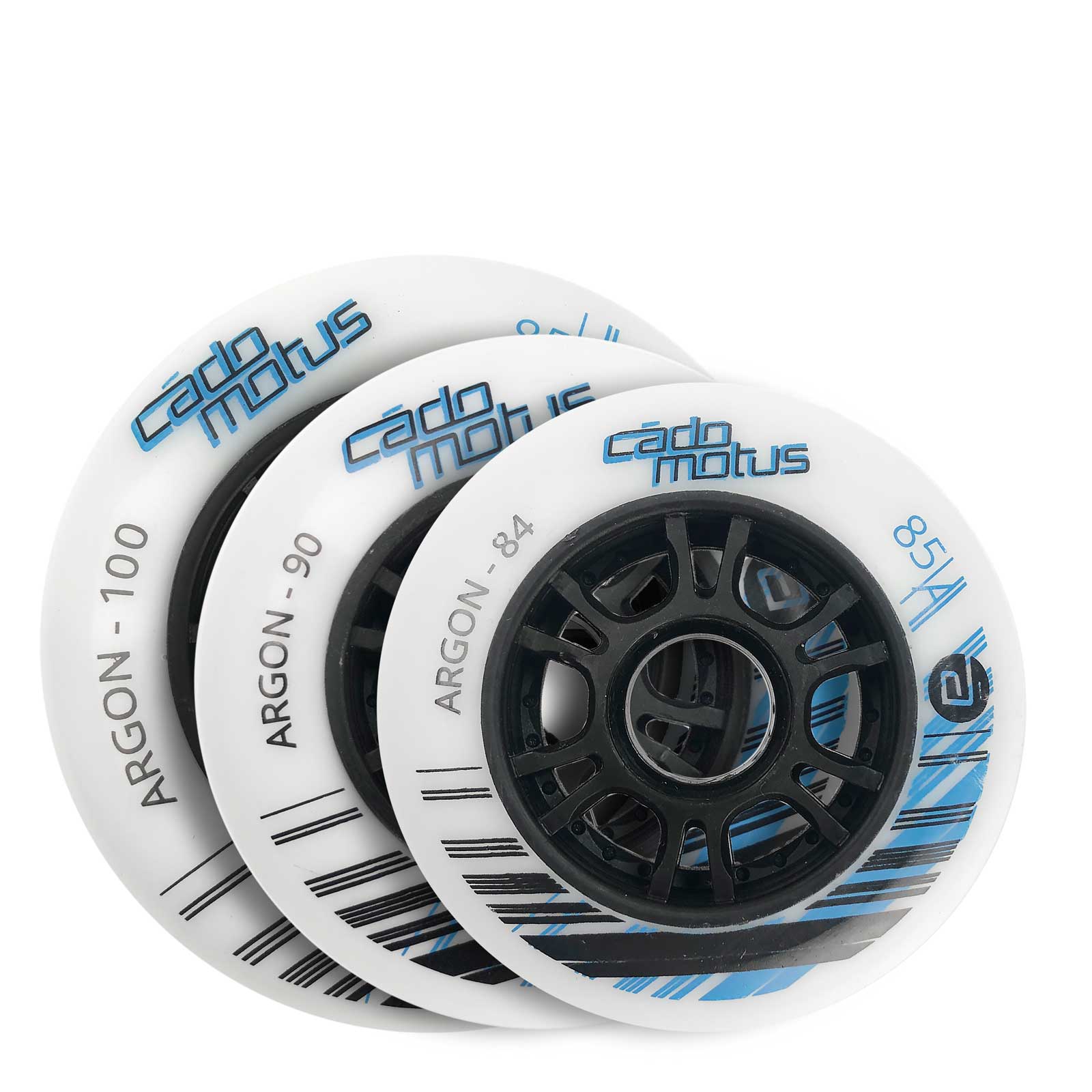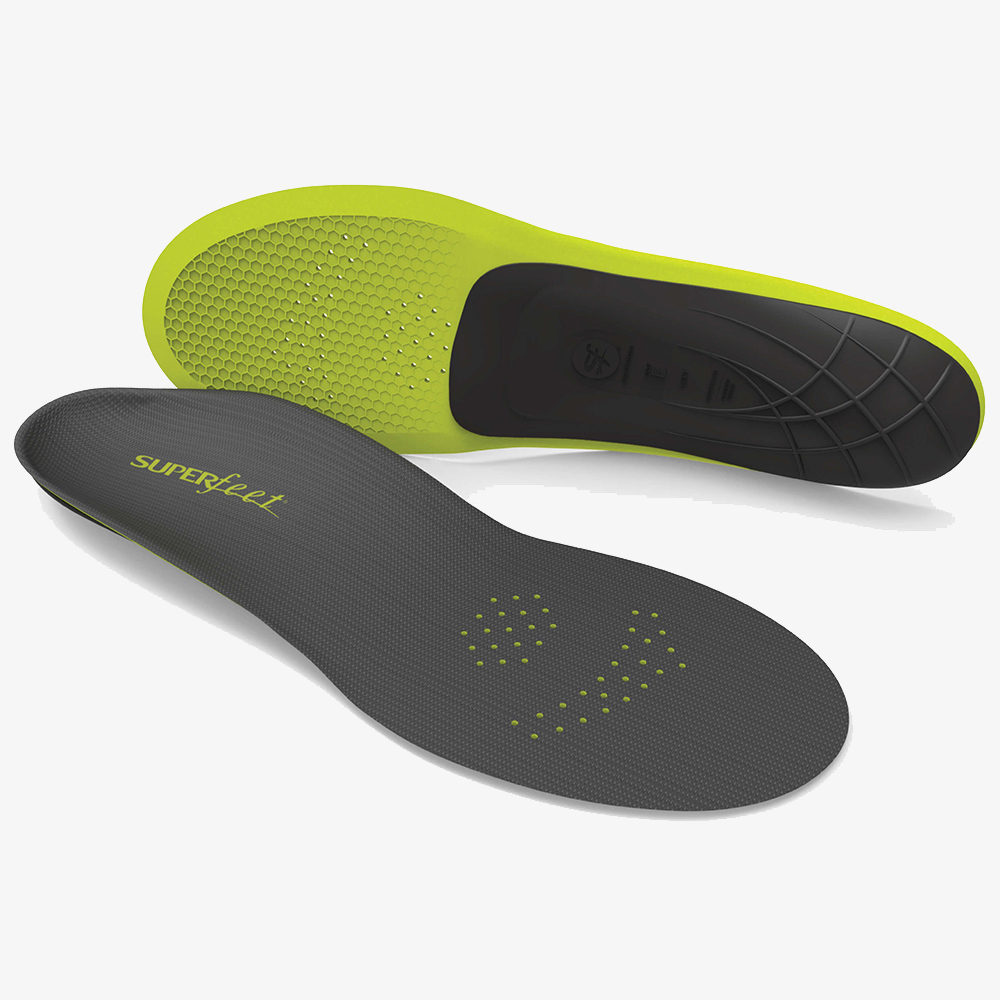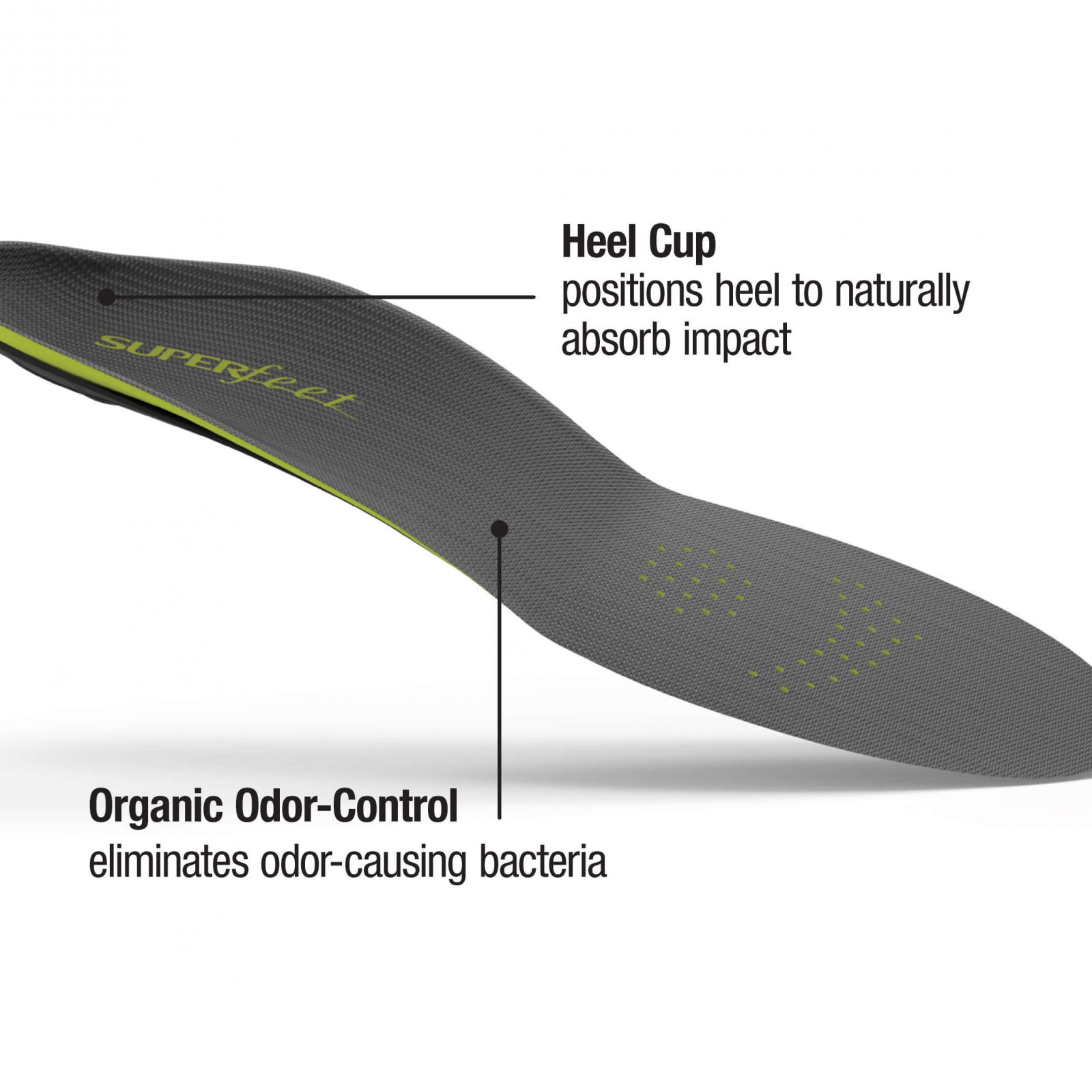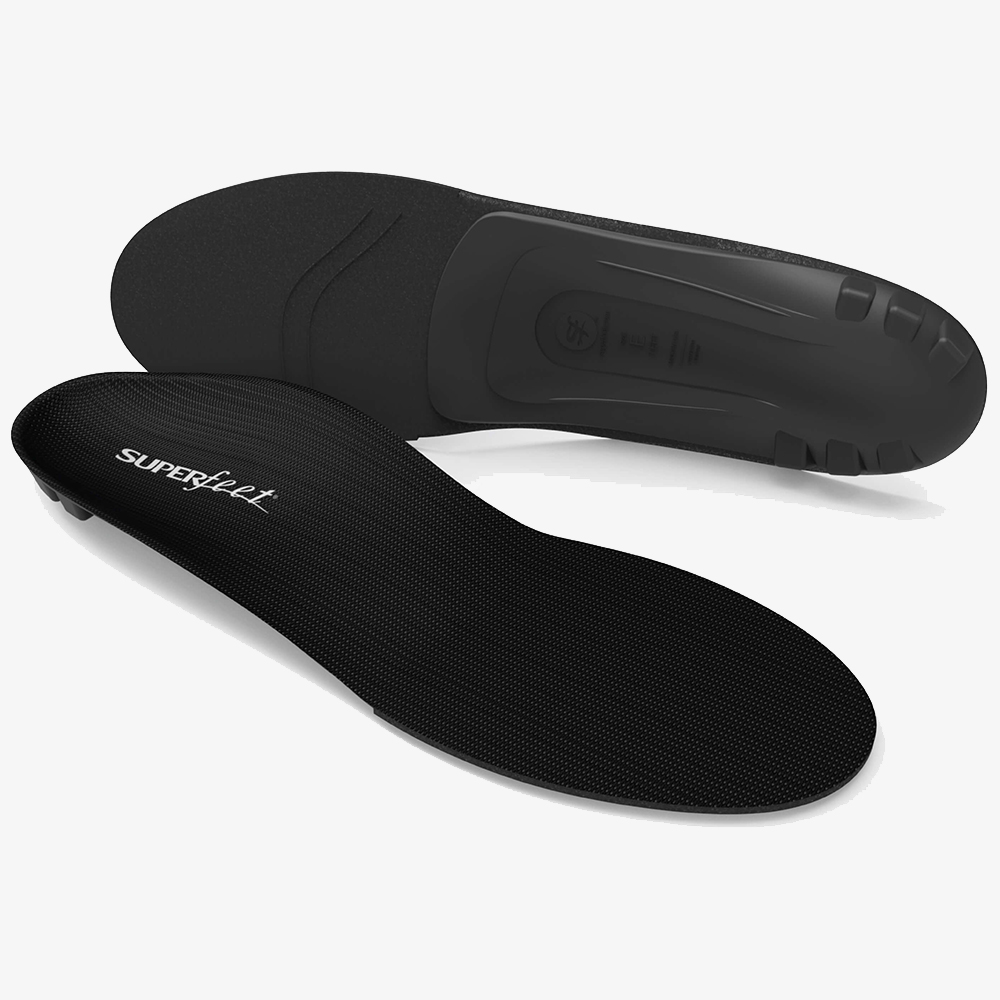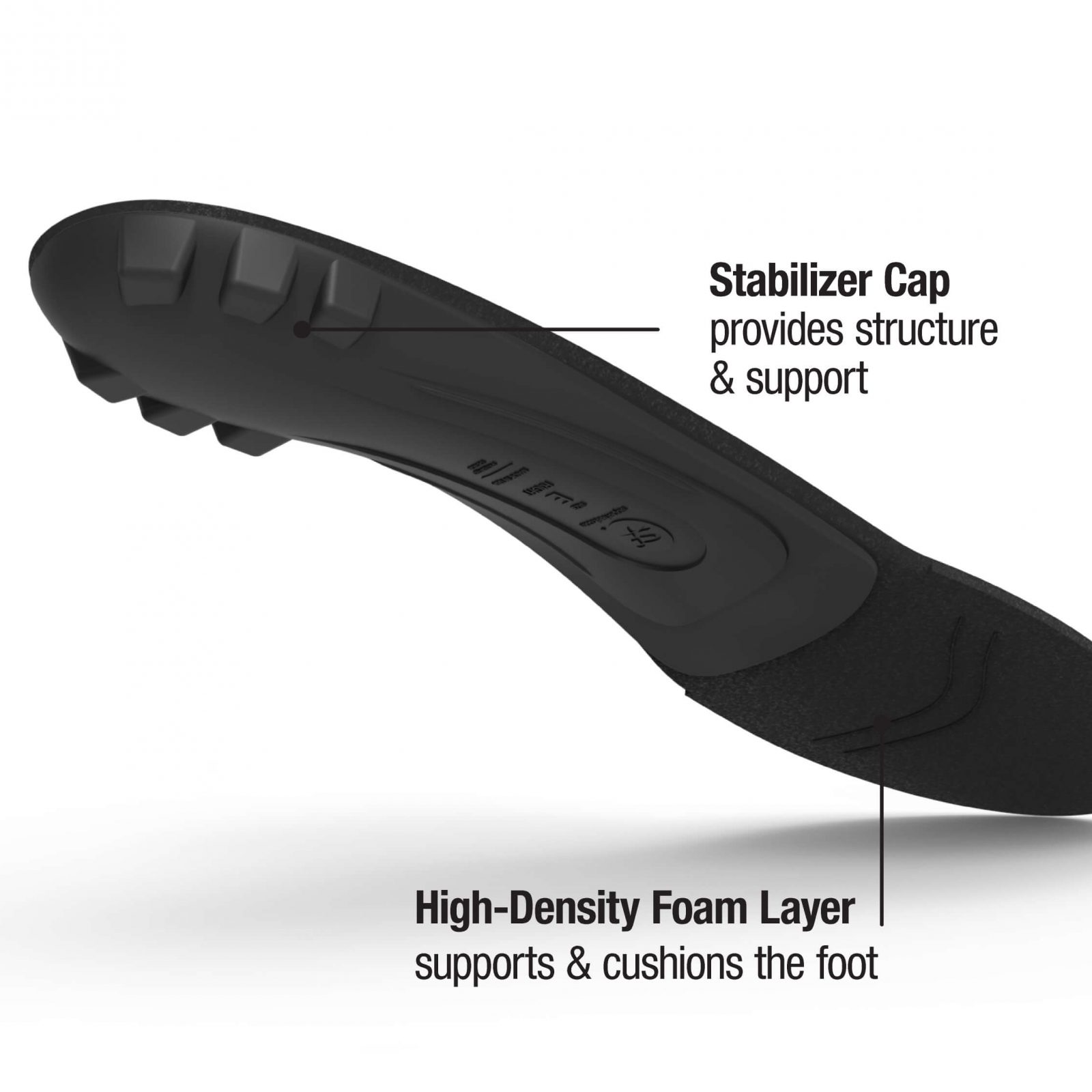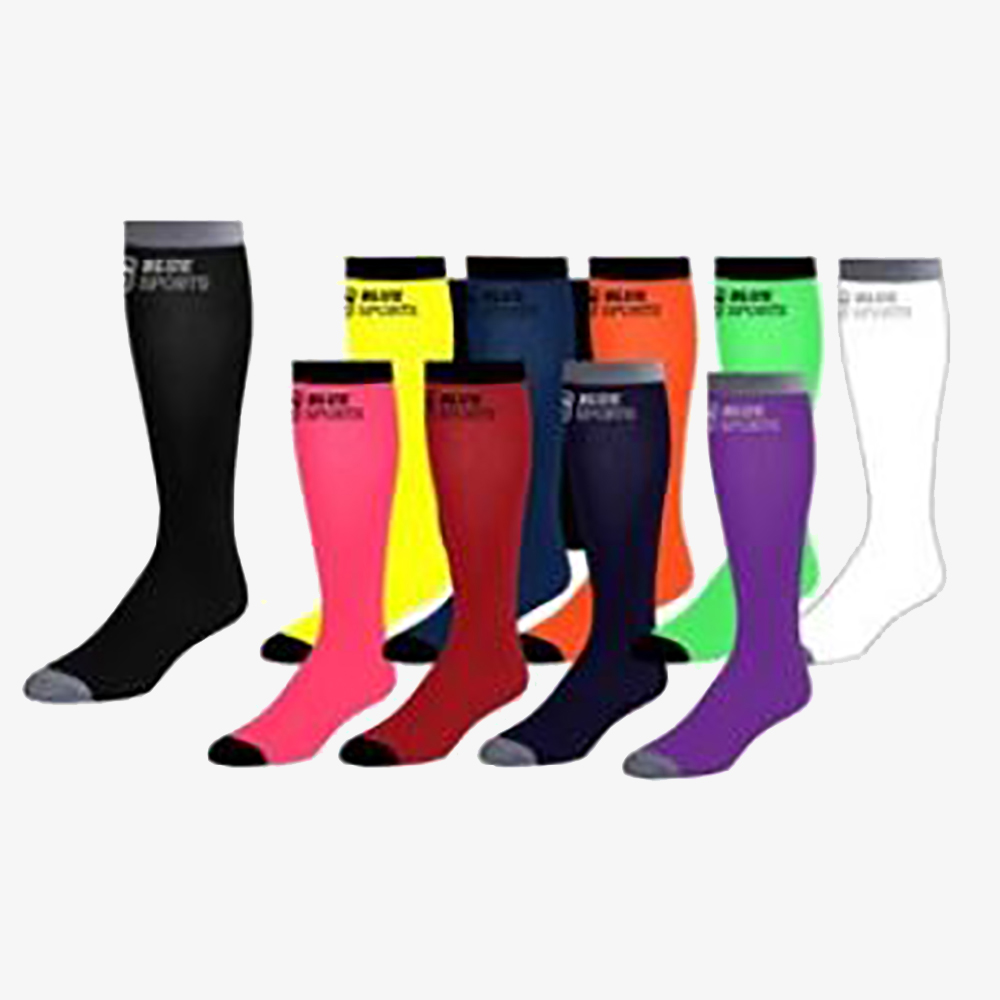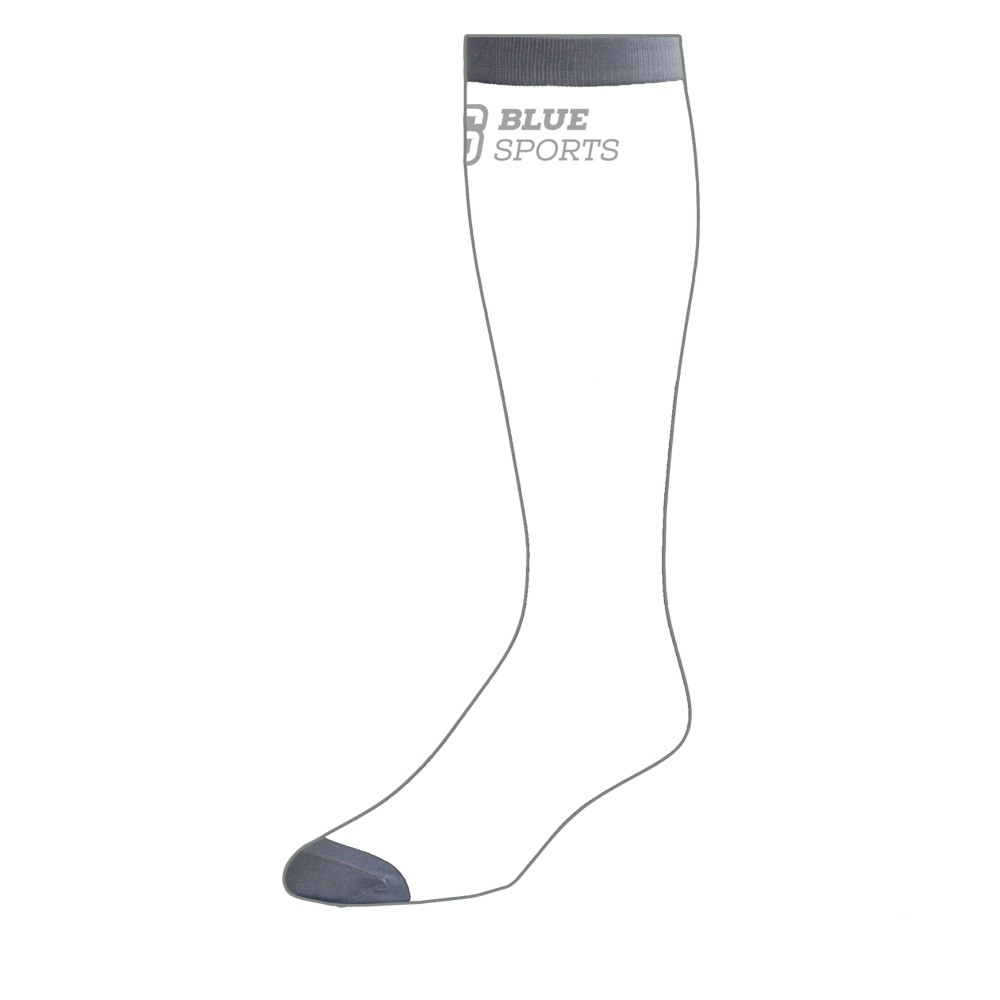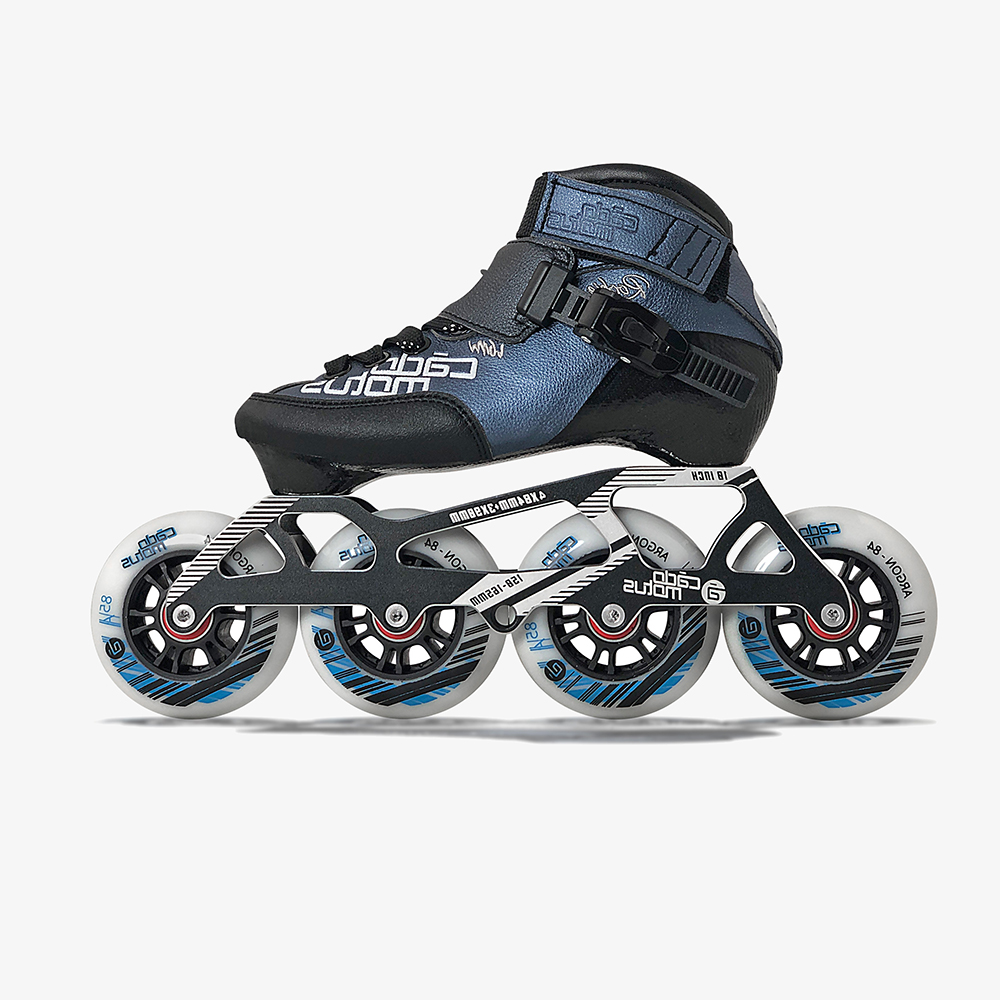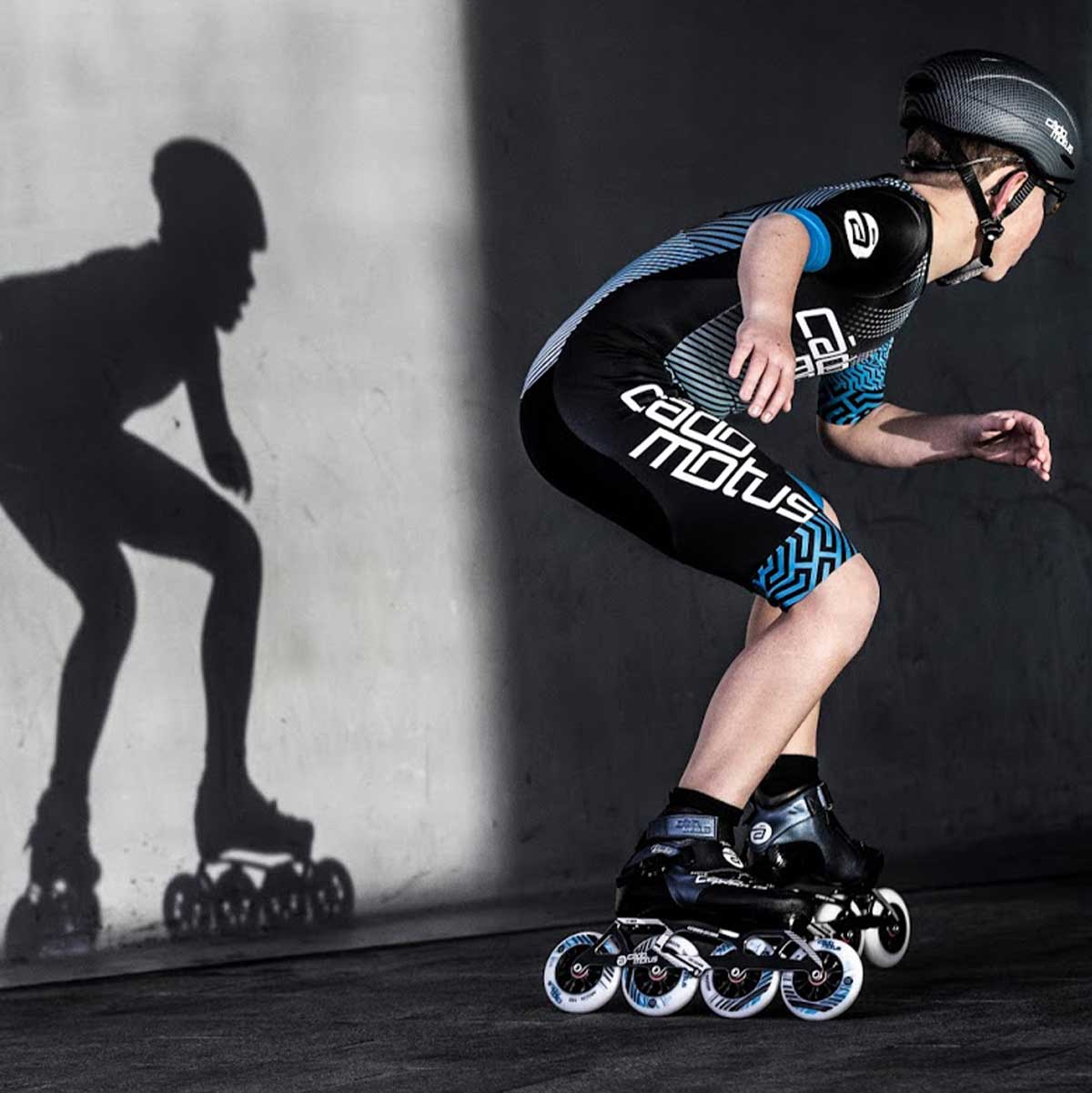CADOMOTUS ARGON 84mm 90mm 100mm 110mm 125mm Inline Skate Wheel
Price range: $14.99 through $21.99
Cadomotus Argon inline wheels
These durable and good rolling Cádomotus inline speed skating wheels are perfect for all round training. Best performance value in 84 and 90mm for cadets and juniors– durability, roll and rebound you can afford.
These durable and good rolling Cádomotus inline speed skating wheels are perfect for all round training. Best performance value in 84 and 90mm for cadets and juniors– durability, roll and rebound you can afford.
| Wheel Size (mm) | 84, 90, 100,110,125 |
| PU band | Dual durometer |
| Hub Design | 6 twin spokes |
| Hub size (mm) | |
| Performance | Allround |
| Wheels best for | Road circuit, Track |
| Wheel Rebound | regular |
| Roll | consistent fast |
| Hardness | 84/86A |
| Durability | extra for children |
| Best Grip | on tarmac |
| Best performance with spacers | 10.25 |
| Weather conditions | Dry |
Which wheel size should I choose?
In short, you could say that 3 x Magic 125 mm and 4 x Magic 110 mm wheels setups are suitable for powerful skaters and competitors. 100 mm setups work well for smaller-buit skaters, including juniors and women, whereas 3 x 90 mmwheel setups are best for children. Thus they can get used to bigger wheels while keeping their agility and enjoying light-weighted skates, which will help them build up their skills set, and could eventually turn them into future champions.
When would you prefer more roll from 3x 125 wheels?
- – in group rides
- – at high average speeds
- – on fast marathon courses
When would you prefer faster acceleration from 4x 100 or 110 wheels?
- – riding uphill
- – during intervals or sprinting
- – at the track or shorter road circuits
Acceleration (and roll) of different size inline skate wheels
Rotational inertia, or moment of inertia, is the rotational equivalent of mass; this is the quantity that we want to measure to see how much energy it takes to accelerate a wheel. We can measure the mass of the wheel easily enough, but it is not necessarily the case that the lightest wheel will have the lowest moment of inertia or vice versa.
This video shows a simple experiment that visualizes the effect of a different moment of inertia of a 110mm inline wheel and a 125mm inline wheel.
Know more about Cadomotus here
See different wheels here
| Wheel Size | 100mm, 110mm, 125mm, 84mm, 90mm |
|---|

